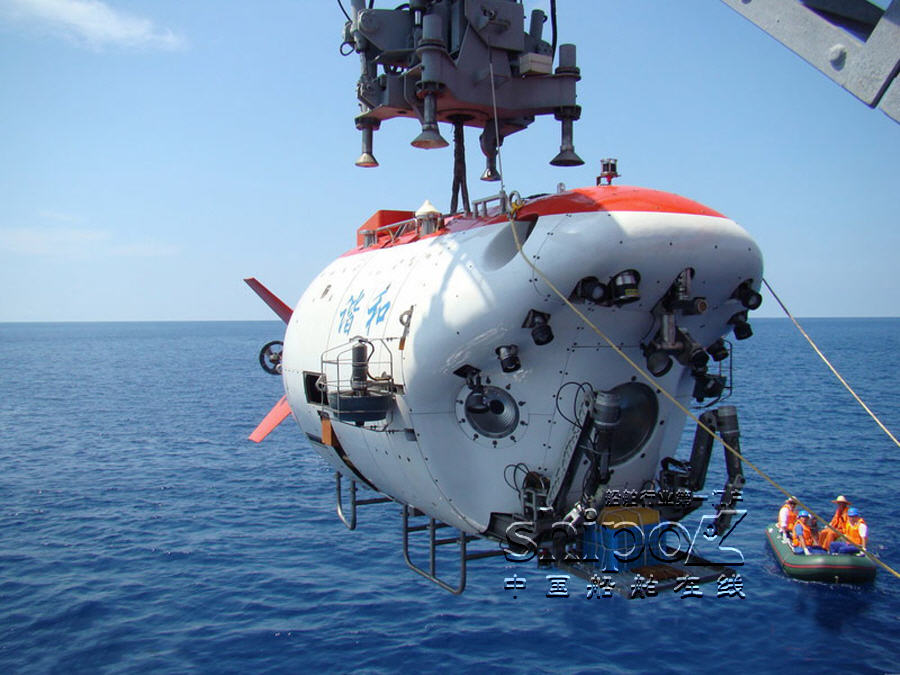Sub vessel to attempt record-setting dive
 0 Comment(s)
0 Comment(s) Print
Print E-mail China Daily, February 13, 2012
E-mail China Daily, February 13, 2012
 |
|
Jiaolong submersible vessel [file photo] |
"If Jiaolong succeeds in the 7,000-meter dive, the vessel will play an important role in future scientific research and mineral exploration in the deep sea," said Tao Chunhui, professor of the Second Institute of Oceanography and chief scientist on the Chinese scientific research ship Dayang Yihao, or Ocean No 1.
According to the 12th Five-Year Plan (2011-15) released by the State Oceanic Administration on Friday, China is working faster to build both a ship that will take deep-sea vessels to dive sites and another vessel that will conduct scientific research in the ocean and explore the underwater world.
Over the next 20 years, China will push its technical capabilities to catch up with advanced nations in conducting deep-sea research. Scientists say the ocean floor contains rich deposits of a range of potentially valuable minerals, but the extreme depths pose obstacles to gathering them.
Last year, China became the first country approved by the International Seabed Authority to look for polymetallic sulphide deposits, a recently discovered mineral source, in the Southwest Indian Ridge, a tectonic plate boundary on the floor of the Indian Ocean.
In 2001, the China Ocean Mineral Resources Research and Development Association signed a 15-year contract with the seabed authority to search 150,000 square kilometers of seabed for polymetallic nodules, small rocks containing metal ore.






Go to Forum >>0 Comment(s)